
Do you have a question about the Mitsubishi Electric PLA Sseries and is the answer not in the manual?
| Brand | Mitsubishi Electric |
|---|---|
| Model | PLA Sseries |
| Category | Air Conditioner |
| Language | English |
Displays symbols used for safety warnings on the unit itself.
General safety guidelines for handling R32/R410A refrigerant during service.
Broad safety advice for installation, relocation, and repair operations.
Specific safety measures and procedures when working with R32 refrigerant.
Identifies the main parts and components of the indoor unit.
Identifies the main parts of the wireless remote controller.
Overview of troubleshooting steps and self-diagnosis methods.
Detailed table of error codes, causes, and countermeasures.
Addresses common operational issues and their solutions.
Steps for operating the unit during remote controller failure.
Guides on how to test specific internal components.
Visual guide to test points on the indoor controller board.
Explains functions controlled by DIP switches and jumper wires.
How to configure unit functions using the remote controller.
Describes the operation of the automatic filter elevation grille.
Details electrical circuits and wiring for special components.
Addresses issues related to special functions and components.
Configuration for rotation and backup operation modes.
Steps to remove the filter and air intake grille.
Procedures for removing the electrical box and thermistors.
Steps for removing the fan motor and unit panels.
Procedures for removing the drain pan and specific thermistors.
Steps to remove the drain pump and float switch.
Procedure for removing the heat exchanger assembly.
Explains the buttons and display of the remote controller.
How to view and clear error codes via the remote controller.
Accessing and navigating the service menu on the remote.
Procedures for performing test runs using the remote controller.
How to configure unit functions using the remote controller.
Setting up rotation and backup functions via the remote.
Viewing and deleting error logs through the remote controller.
Performing self-diagnosis and checking unit status via remote.
Diagnosing the remote controller itself for faults.
Accessing operational data like temperatures and run times.
Retrieving specific operation data using request codes.

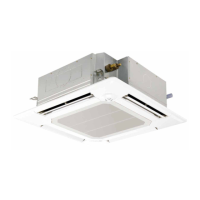
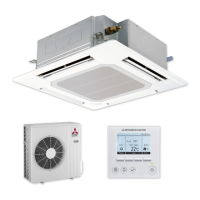
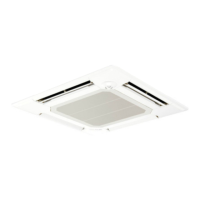


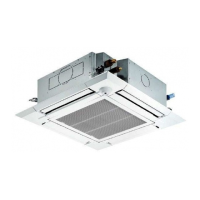
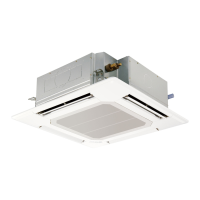
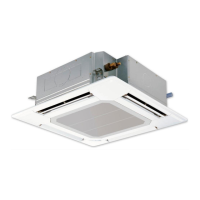
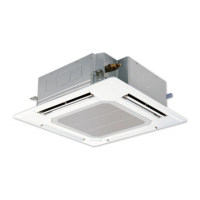
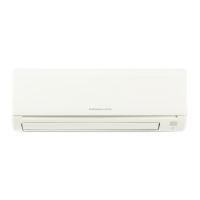

